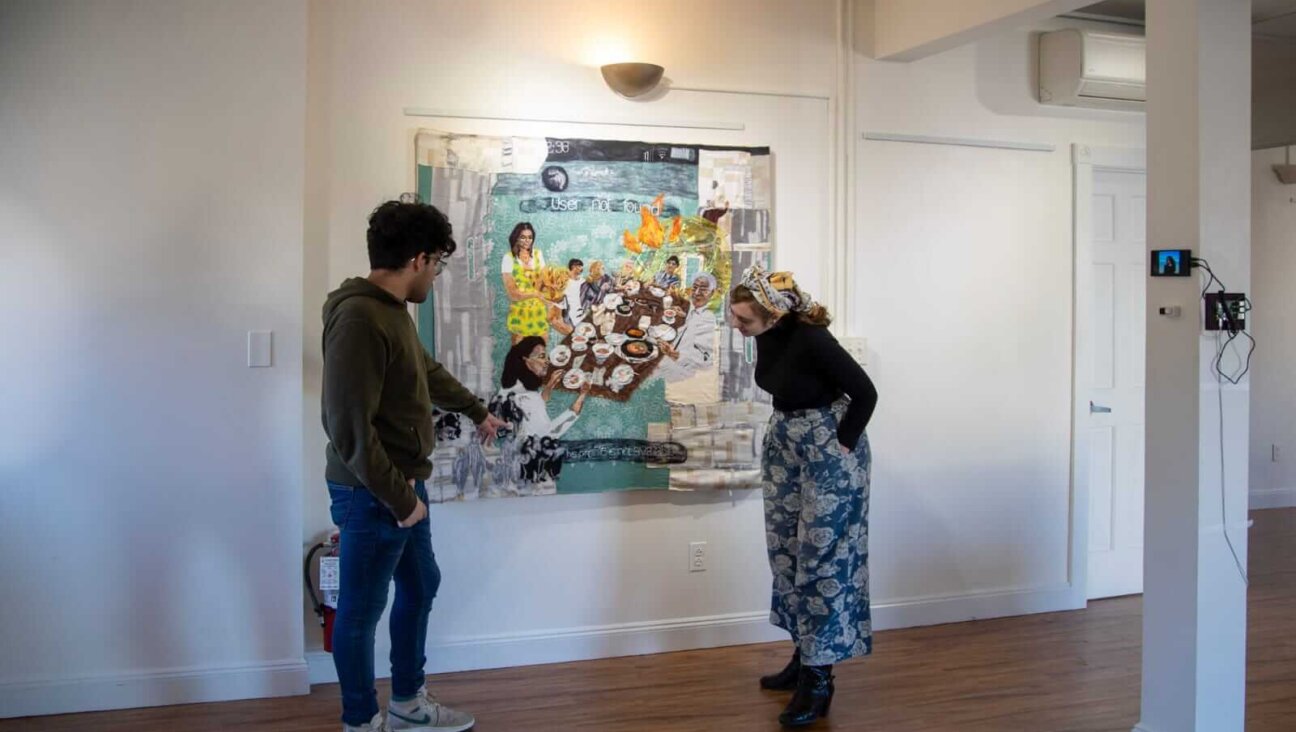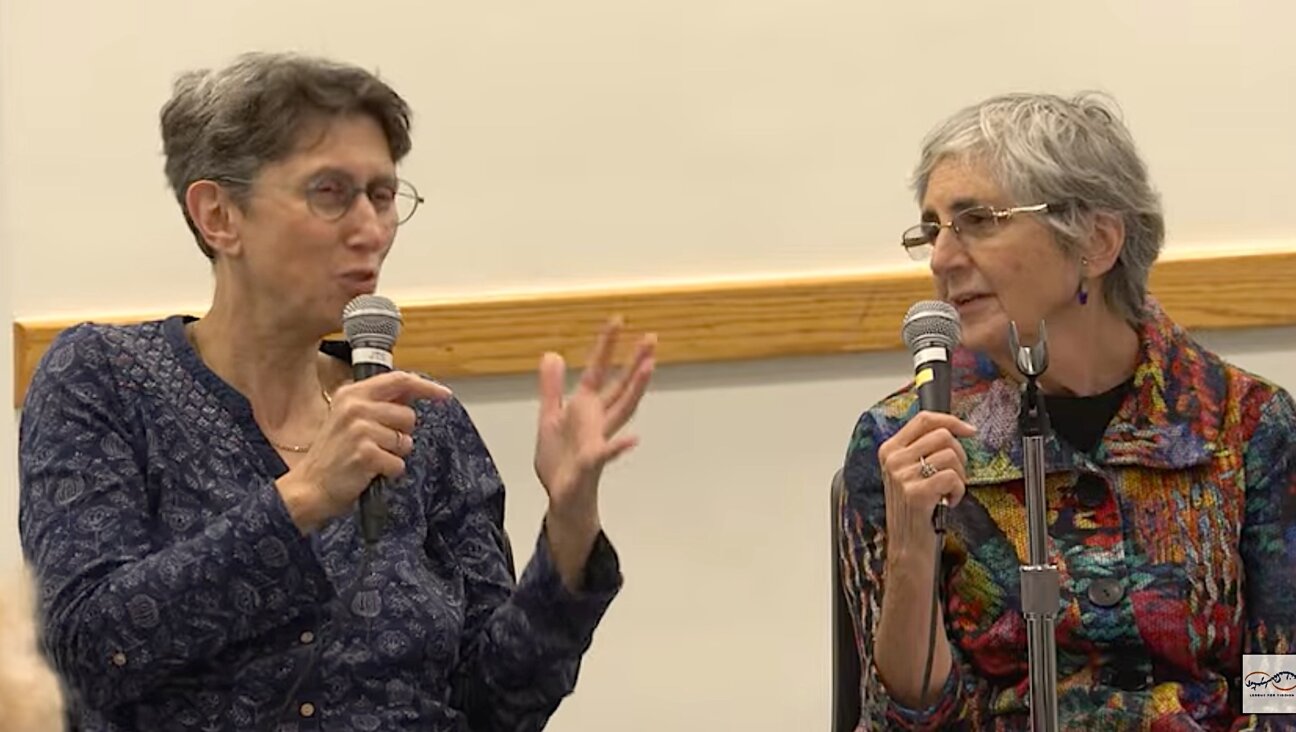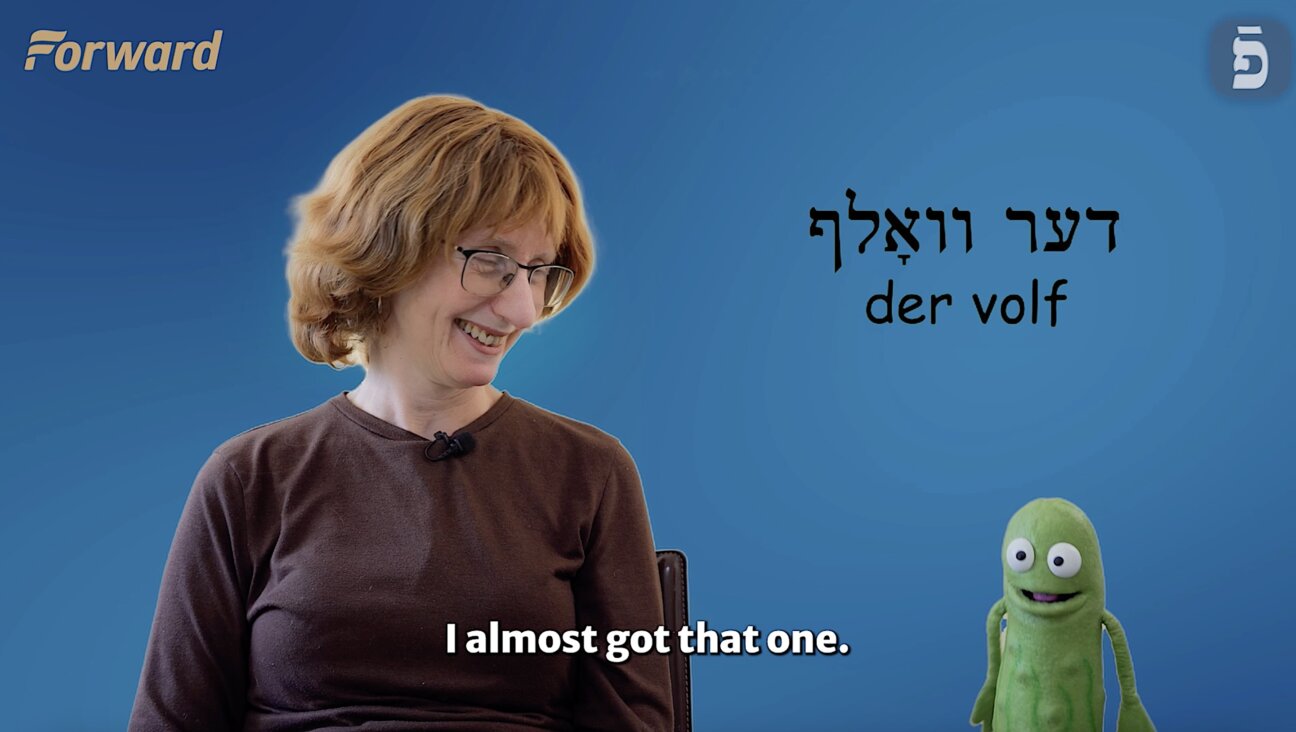ORT’s Nonsectarian Work Booms
When ORT opened a computer-learning center in Brooklyn last year, the focus was on Orthodox Jewish students, but, within a few weeks, non-Jewish kids from the neighborhood were asking to take part. Now the Jews and non-Jews work next to each other every Tuesday and Thursday after school.
The computer lab is a representative example of how ORT’s projects have evolved over the past 50 years. ORT was founded in Russia in 1880, to give local Jews vocational skills. But ORT has since expanded beyond Jewish boundaries and become a multiheaded behemoth of an international educational institution, reaching some 300,000 students a year.
ORT’s nonsectarian work began in 1960, at the request of the U.S. State Department. For decades before, ORT had provided vocational training to Jews around the world, and the State Department wanted to enlist that expertise on behalf of the newly independent nations in Africa. The proposal was endorsed by ORT’s board that year, and soon enough ORT was helping train farmers in Chad and seven other sub-Saharan countries.
ORT has no template for its projects, but rather adapts to local conditions. In some countries, ORT trains the trainers, while in others ORT employees run the schools. One such project was in Albania, after the end of communism: In vocational schools set up at local high schools ORT trained some 26,000 students over the course of the 1990s. The most popular program was cosmetology. At the end of the course every student received a tool kit and an ORT sticker. Soon enough, those stickers became the symbol of quality in beauty parlors across Tirana, the Albanian capital.
In general, these international programs are funded by international development agencies like the World Bank and the European Union. The fundraising done by ORT, on the other hand, goes mostly to the group’s specifically Jewish projects. ORT’s Jewish day schools in Argentina have some 7,300 students. In Israel, ORT’s 159 schools educate 100,000 students each year.
But the ORT-funded programs also take in non-Jewish students. Nowhere is this truer than at ORT’s American campuses. ORT’s operations in America began during World War II, to provide needlework training to Jews fleeing Europe. In the 1970s, the school became a full-time junior college, known as Bramson ORT, as émigrés from the Soviet Union came pouring in.
Today, ORT has junior colleges in Los Angeles, Chicago and New York, where students from some 40 nationalities study. ORT’s ads are familiar to New York subway riders, but they also appear in Chinese and Bulgarian newspapers.
“Being under Jewish auspices, we decided it’s a good Jewish deed to provide services to whoever needs our help,” said Ephraim Buhks, the director of ORT Operations USA and Bramson ORT.















